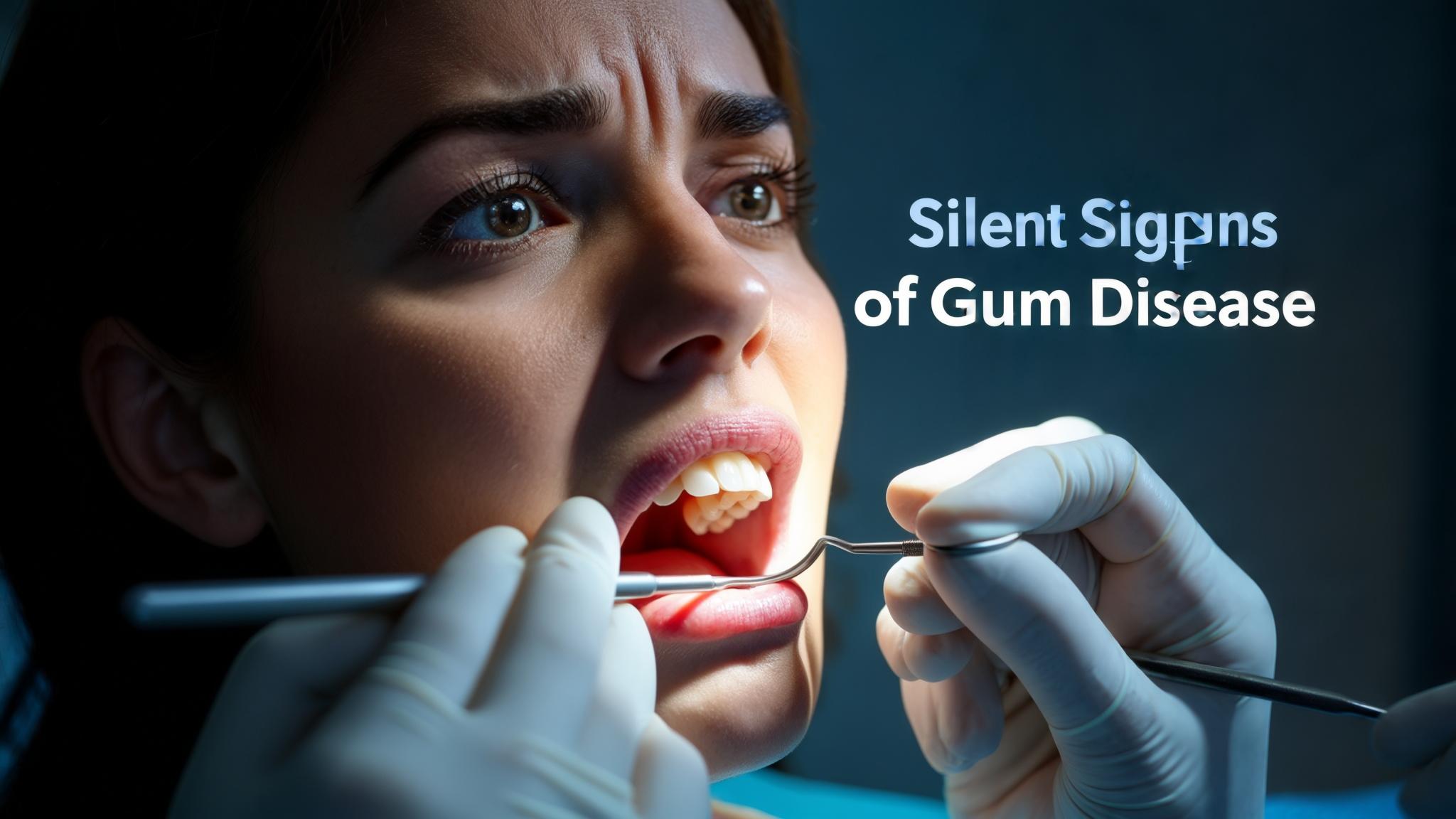Understanding Gum Disease
Gum disease is a common yet often overlooked condition that affects the tissues surrounding your teeth. It comes in two main forms: gingivitis and periodontitis. Gingivitis is the early stage, marked by inflammation of the gums, while periodontitis is a more severe progression that can lead to tooth loss.
Causes and Risk Factors
Gum disease is primarily caused by the buildup of plaque, a sticky film of bacteria that forms on teeth. Poor oral hygiene, smoking, diabetes, and certain medications can increase your risk. Genetics also play a role, making some individuals more susceptible.
Prevalence and Impact
According to the CDC, nearly half of all adults over 30 have some form of gum disease. This condition is not just a threat to oral health; it can have serious implications for overall health, linking to heart disease, diabetes, and other systemic conditions.
Importance of Dental Check-Ups
Regular dental check-ups are crucial in the fight against gum disease. They serve as a preventative measure, helping to catch issues before they escalate.
Frequency of Check-Ups
Dentists recommend visiting at least twice a year for a routine exam and cleaning. However, those at higher risk for gum disease may need more frequent visits.
What to Expect During a Dental Exam
During a check-up, your dentist will assess your oral health, looking for signs of gum disease and other issues. This includes a thorough cleaning to remove plaque and tartar, a visual examination of your teeth and gums, and possibly x-rays to check for bone loss.
Symptoms of Gum Disease
Recognizing the early signs of gum disease can prevent more serious problems down the line.
- Red, swollen gums: Healthy gums should be firm and pink.
- Bleeding during brushing or flossing: This is often the first sign of gingivitis.
- Persistent bad breath: This could indicate bacterial buildup.
- Gum recession: Gums pulling away from teeth can expose roots, leading to sensitivity.
- Loose teeth: A sign that periodontitis may have affected the supporting bone.
Early detection of these symptoms can make a significant difference in treatment outcomes.
What Dentists Check for During Exams
Dentists use a combination of visual exams and diagnostic tools to identify gum disease.
Visual Examination
Dentists assess the color and texture of your gums, looking for signs of inflammation or recession. They measure the depth of gum pockets, which can indicate disease progression.
Diagnostic Tools
Probes are used to measure pocket depth, and x-rays help assess bone loss. Dentists also discuss your medical history and any symptoms you’ve noticed.
Consequences of Untreated Gum Disease
Ignoring gum disease can lead to serious consequences.
Progression and Health Impact
Gingivitis can progress to periodontitis, leading to bone and tooth loss. Gum disease is also linked to systemic diseases such as heart disease and diabetes, highlighting the importance of addressing it early.
Conclusion
Recognizing early signs of gum disease and maintaining regular dental check-ups are key to preserving oral health. By staying vigilant and proactive, you can prevent serious complications and maintain a healthy smile.

